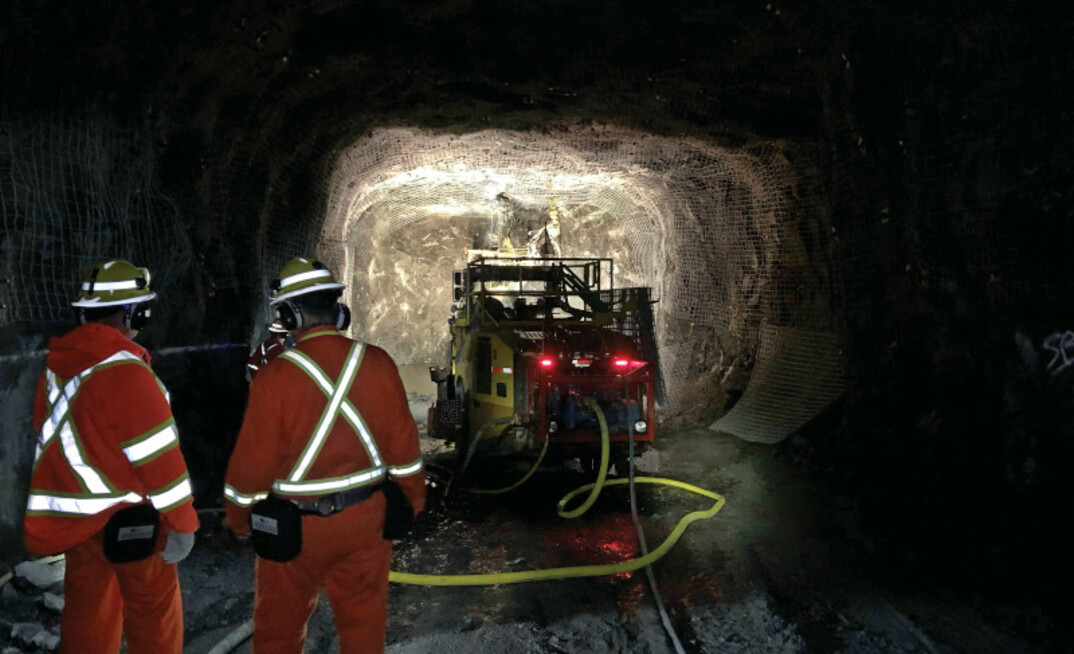
Automation Poses Risk to Millions of Jobs, World Economic Forum Report Warns
The World Economic Forum (WEF) has issued a stark warning about the accelerating impact of automation on the global job market. According to a recent study, automation could displace up to 83 million jobs worldwide by 2027. This brings up essential questions about the future job market. Sectors such as accommodation, wholesale, and the arts are particularly vulnerable. This shift will have significant consequences for workers in these industries.
High-Risk Sectors Facing Major Disruptions
The report highlights several industries in Europe that face significant job losses due to automation. Accommodation and food services lead the list, with an alarming 94% of jobs at risk of being replaced by machines and artificial intelligence. The arts sector follows closely behind, with 80% of its workforce potentially displaced. Wholesale and retail jobs are also at high risk, with automation projected to affect 68% of positions. In addition, construction and transport sectors will see major disruptions. About 58% and 50% of their jobs are vulnerable to technological advancements related to the future job market.
These findings point to an urgent need for workforce adaptation. Automation continues to permeate industries once considered relatively safe from technological disruption. Many workers, especially in the hardest-hit sectors, may not possess the advanced skills required to transition into new roles. This further exacerbates the problem.
Workforce Retraining and Economic Shifts Across Europe
As automation rapidly reshapes the global economy, the report emphasizes that the workforce must adapt. McKinsey, which collaborated on the study, estimates that 94 million European workers will need retraining by 2030 to remain competitive. Many of these workers may not have tertiary education. This lack makes it difficult for them to transition into emerging industries. Additionally, about 21 million workers across Europe could be forced to completely change careers. Traditional job markets are shrinking while the future job market evolves.
However, not all hope is lost. The WEF predicts that automation will also create new opportunities, with up to 69 million new jobs globally expected to emerge by 2027. These new positions, however, are unlikely to be evenly distributed. Major urban centers are expected to benefit more from the growth in job creation than rural or less-developed areas. Cities like London, Paris, and Amsterdam are expected to see continued productivity growth. On the other hand, regions in Eastern and Southern Europe may suffer from shrinking labor markets.
Addressing Regional Disparities and Future Workforce Needs
The report also draws attention to the widening gap in employment opportunities between urban and rural areas. Around 40% of European workers live in regions where job markets are shrinking, particularly in the east and south of the continent. To mitigate these disparities, McKinsey advocates for improved digital infrastructure. This could help bridge the gap by making remote work more accessible. Additionally, creating incentives for companies to adopt flexible working models will play a critical role. This will ensure that workers across all regions have equal access to emerging job opportunities in the future job market.
In conclusion, the rise of automation presents both significant challenges and potential opportunities for the global workforce. Policymakers and businesses must act swiftly to prepare workers for the future of work by investing in retraining initiatives and ensuring that new job creation is inclusive. The next few years will be critical in shaping the future job market across industries and regions.











Leave a Reply
You must be logged in to post a comment.